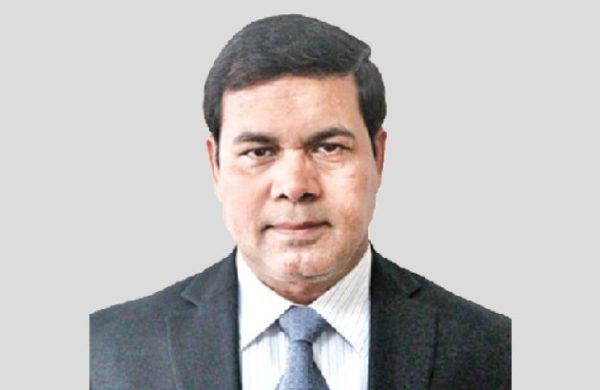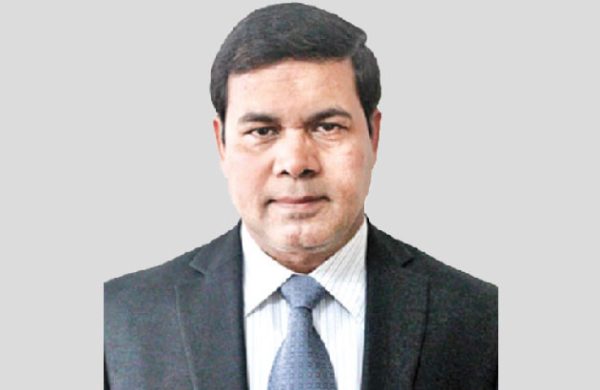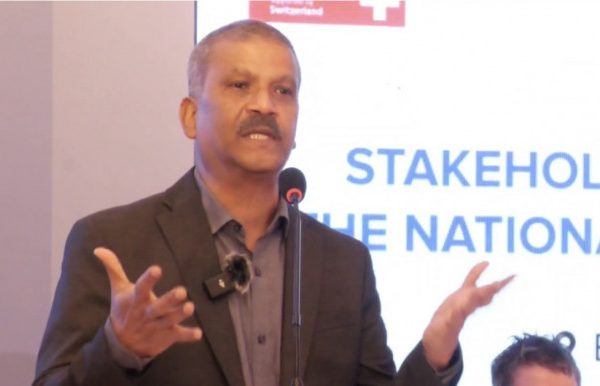High Interest Rate a Concern for Business Sector
- Update Time : Thursday, March 20, 2025

—Nironjan Roy—
Of late, a national English Daily has published report on how high interest rate is severely impacting country’s business and investment. Interest rate on loans has been increased from 7.24% to 11.89% during the last two years, registering a sharp 5% rise within a very short span of time, which is unprecedent. We can hardly find a country where interest rate on loan has registered such a sharp rise within such a short period.
The report further elaborated on how country’s investment, business and employment are getting severely impacted due to high interest rate. This high-cost borrowing has caused significant decline in private sector credit growth. Weighted average interest rate on loans was 7.24% in January 2023, which has increased to 9.75% by January 2024 and further rose to 11.89% by January 2025.
Recently the Governor of Bangladesh Bank, Dr. Ahsan H. Mansur, clearly mentioned while attending a programme in the city that despite pressure from business community, he will not slash interest rate. In support of keeping interest rate high, he has referred to some countries including India, the USA, Europe and China where central banks follow effective interest rate. He further added that he would consider slashing interest rate once inflation rate comes down. It is obvious because interest rate is the only acceptable economic tool to fight inflation.
Although policy interest rate is an effective tool for fighting inflation, this tool does not produce desired result all the time, especially where there is no standard pricing system and systematic market dynamics. Inflation is the outcome of different economic and non-economic factors. Economic factors can be managed by maneuvering interest rate, but non-economic factors cannot be tamed with just financial tools.
Interest rate can control inflation in the country where non-economic factors are less dominant as we see in different developed countries like the USA, Canada, and other European countries. On the other hand, interest rate can do very little in cooling down inflation in the countries where non-economic factors are more dominant (like Bangladesh). So, it is very unlikely that Bangladesh Bank will be able to bridle the inflationary trend by raising interest rate only.
Furthermore, any economic policy might work given other things remain unchanged. Fighting inflation using interest rate will only work when the situation is very normal and other factors remain unchanged. But this is not the case for Bangladesh. Very unusual situation, further compounded by political uncertainty, is prevailing in the country; so, usual economic theory will not work right now in the country.
So, it is very unlikely that the governor’s high-interest rate policy will result in the desired outcome as far as bringing down inflation rate is concerned, instead country’s business and investment may sustain huge loss. If it continues this way, there will not be any new investment, growth and employment, what will negatively affect GDP growth.
With high borrowing cost, businesses cannot afford to maintain debt servicing and thus will default, what will further deteriorate non-performing loans (NPLs), dealing a fresh blow to the banking sector. Undoubtedly there is a linear relationship between high interest rate and NPLs. If the interest rate is high, the NPLs will rise or vice versa. During the 1980s, many borrowers had defaulted the loans, resulting in enormous NPLs, what marked the beginning of default culture in the country. One of the reasons behind such massive default was high interest rate on loans which was almost 18% to 19% at that time. Borrowers and businessmen had to take the blame of that massive default, but nobody looked into the actual reason, which was exorbitantly high interest rate. So, if the present policy of high-interest rate on loans is continued, similar situation may arise in near future.
Needless to say, we have maintained not only high-interest rate but also followed traditional unsystematic interest rate policy. It is an undeniable fact that our banking sector has passed over five decades, yet no standardised loan pricing system has been developed. Instead, the banks are going through experimental interest rate policy as Bangladesh Bank has sometimes followed interest rate cap, sometimes SMART rate policy and then market-driven interest rate policy.
Bangladesh Bank has experimented with multiple interest rate approaches, but they have failed to introduce a risk-based loan pricing system, which is still considered as the most acceptable loan pricing strategy all over the world. This kind of interest rate policy offers different rates to different creditworthy borrowers. Under this policy, high standing borrower with the lowest default risk will be charged minimum risk premium while low standing borrower with the highest default risk will be charged with maximum risk premium. The most important feature of risk-based loan pricing is that risk premium, realised as a part of loan price, is not taken into income, rather placed in the provision account, which is built for future usage for writing off impaired loans when needed.
Considering the vulnerable situation, Bangladesh Bank should deviate from their stance of retaining high interest rate and consider slashing the rates. The central bank should try to maintain consistency with global trend of low interest rate for supporting business growth and for the sake of overall economy, At the same time, they should consider introducing modern risk-based loan pricing so that good borrower enjoys lower interest rate while risky borrower has to pay higher risk premium.
—————————————————–
The writer is a certified anti-money laundering specialist and banker based in Toronto, Canada. He can be reached at [email protected]


















